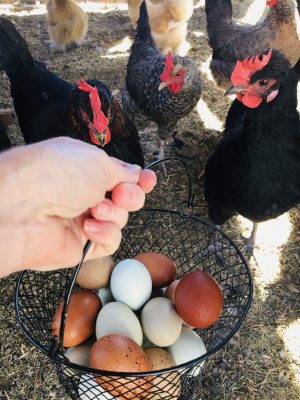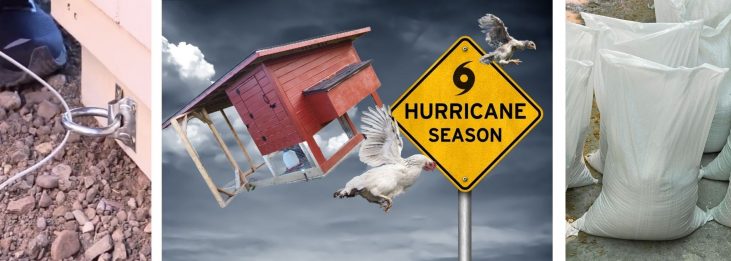
If you want your chicken coop to stay in place during a hurricane, you need to take some important steps beforehand. If you are looking to hurricane proof a chicken coop, it includes anchoring it to the ground, securing the roof and everything inside. By doing this, you will be taking important steps to help protect not only the coop but your chickens inside.
This article will show you how to anchor your coop to the ground, how to secure its roof and how to make inside the coop as safe of an environment as possible for your chickens to ride out a hurricane.
1. How to Anchor a Chicken Coop to the Ground
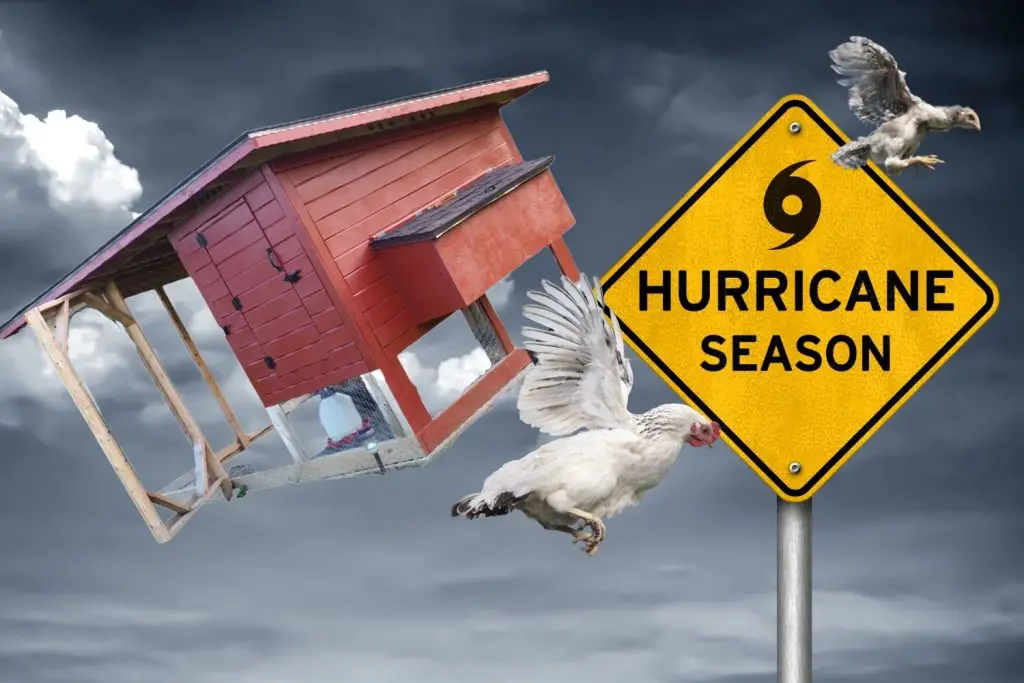
Step 1: As a homeowner, it is not required, but it is highly encouraged for you to call 8-1-1 (Dig Alert) before you dig. 8-1-1 is the nationwide phone number that you call before you dig.
Flag the area that you want to do your digging. Dig Alert will come out for free and mark your underground utility lines to ensure that you will not be digging where a gas, water or a power line is.
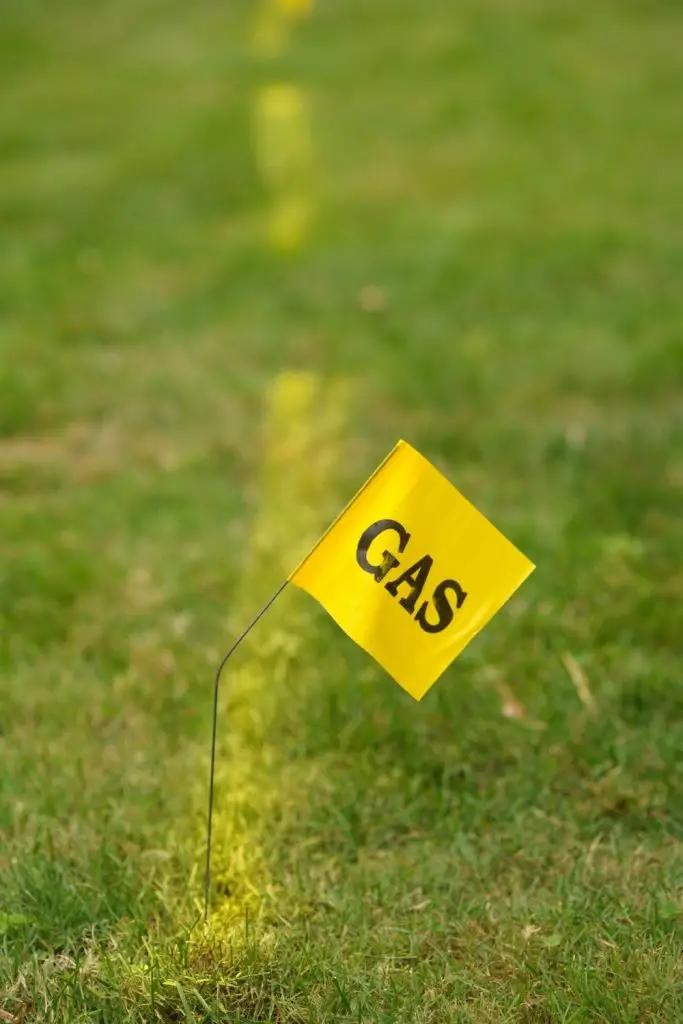
Step 2: Get a shed or mobile home tie-down kit. You can pick up one of these at your local hardware store, mobile home store or even on Amazon.
Step 3: Most kits come with a set of stakes that you will either hammer or screw into the ground. They are made so if a heavy force of wind tries to pull it up, it cannot come straight out of the ground. Follow the instructions to your particular kit.
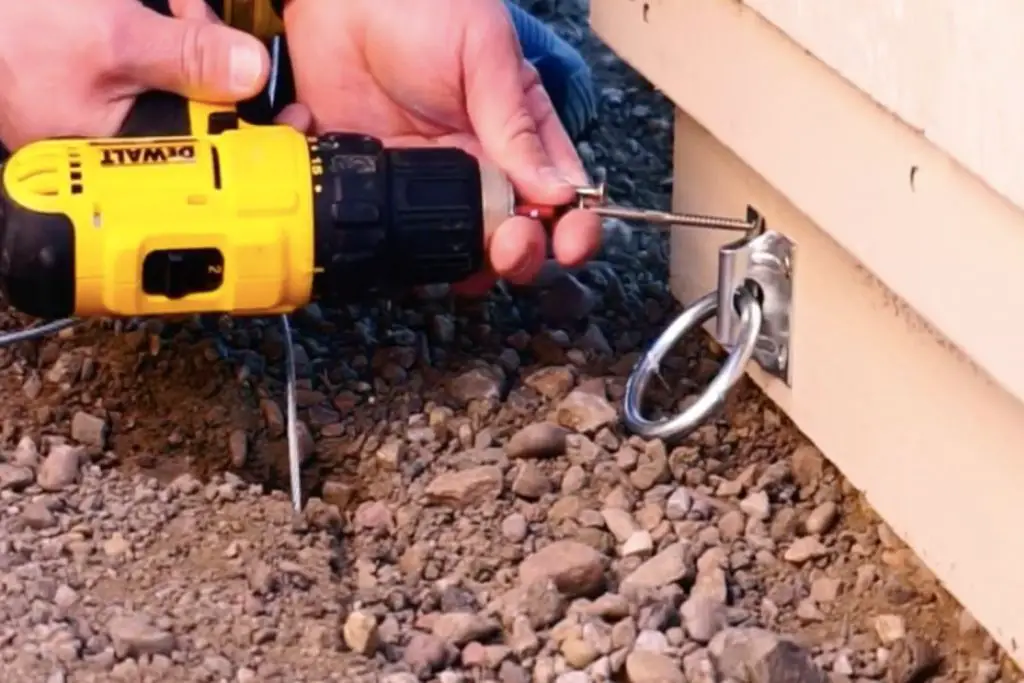
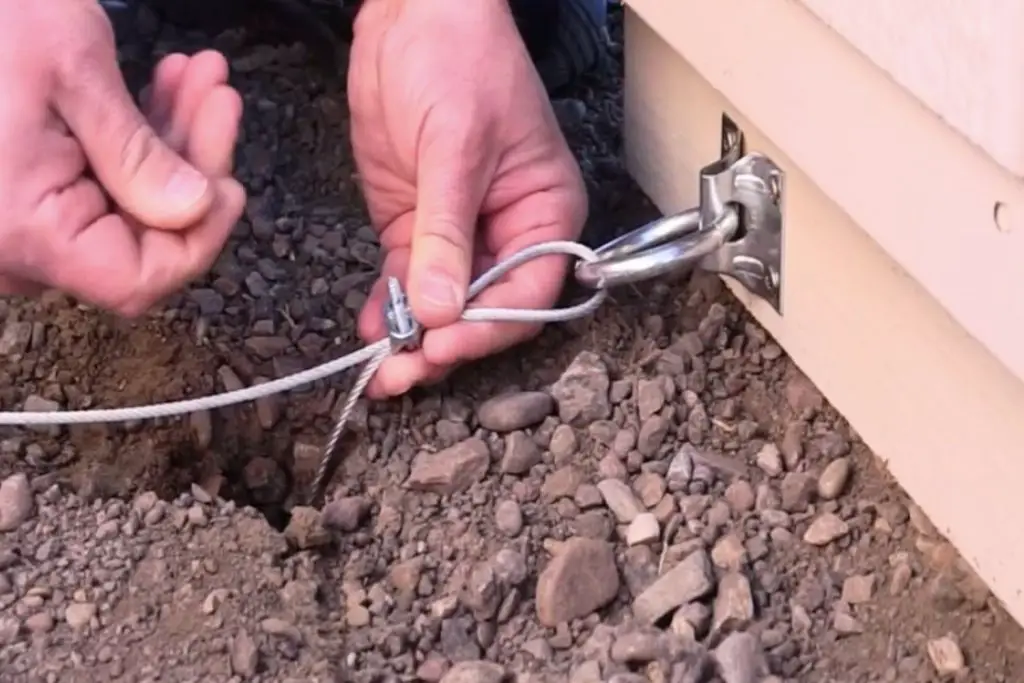
Step 4: Attach the O-ring that comes with your kit to all four corners of your shed, preferably to 4″ x 4″‘s or 2″ x 4″‘s.
Step 5: Thread your cable that is attached to the stake that you pounded into the ground through the O-ring. Attach a U-bolt and tighten it to secure the cable, cutting off any excess cable. Do this to all four corners of your coop.
2. How to Secure Your Chicken Coop Roof Top
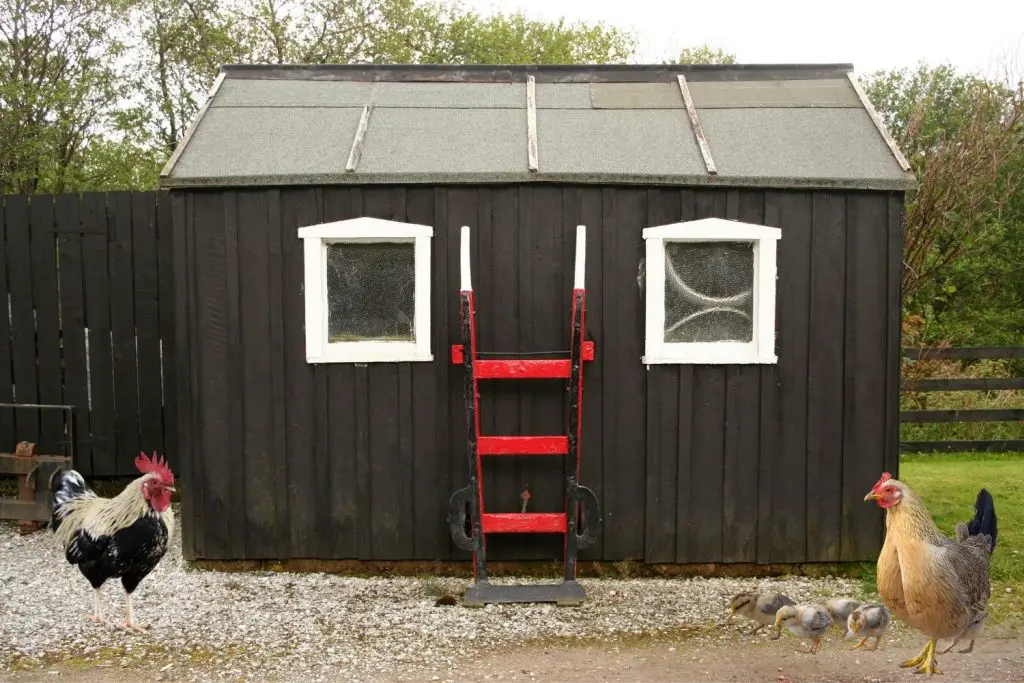
Securing your chicken coop to its foundation is one thing, but it is also important to secure the roof from heavy winds too. High winds will not be able to stop shingles from flying off, but there are measures that you can take to help stop your entire roof from flying off.
Take care of any necessary roof repairs before a hurricane hits. You will want to secure any loose shingles.
Purchase an anchoring kit with a metal cable. You can find these at your local hardware store or shop online at Amazon for some even better prices.
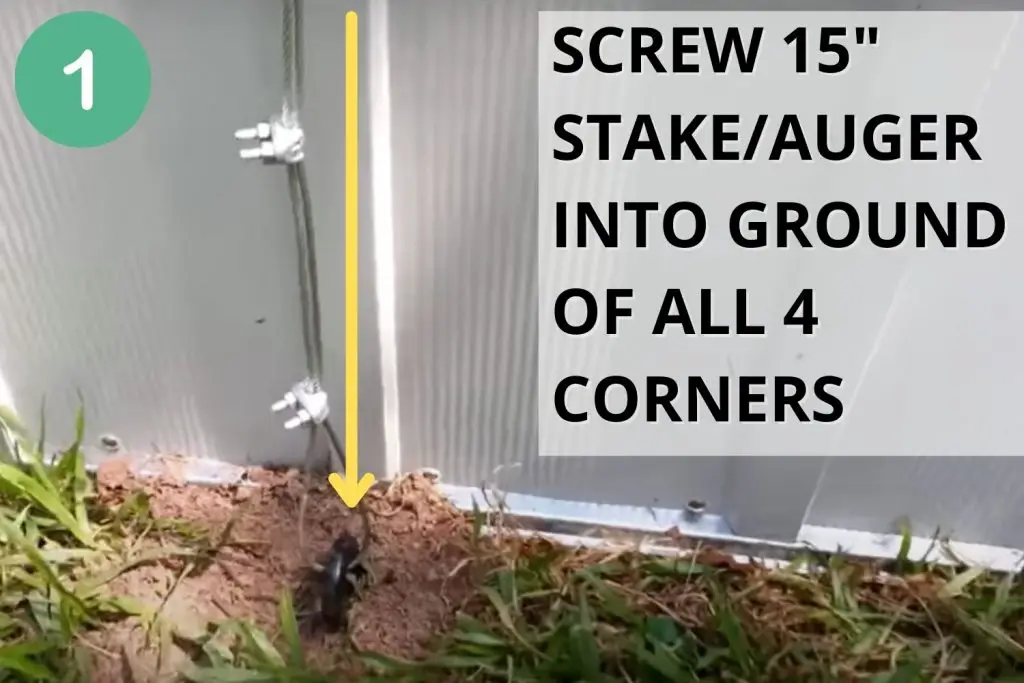
Step 1: Digging
Use a drill or metal bar to screw the auger/stake into the ground on all four corners of your chicken coop. Homeowners are not required by law to call before they dig on their own property, but it is recommended to call 8-1-1 before you dig.
“Dig Alert” will come out at no charge to you within 2 days of your phone call and will map out where underground utility lines are. The last thing you want to do is to drill through a gas line on your property!
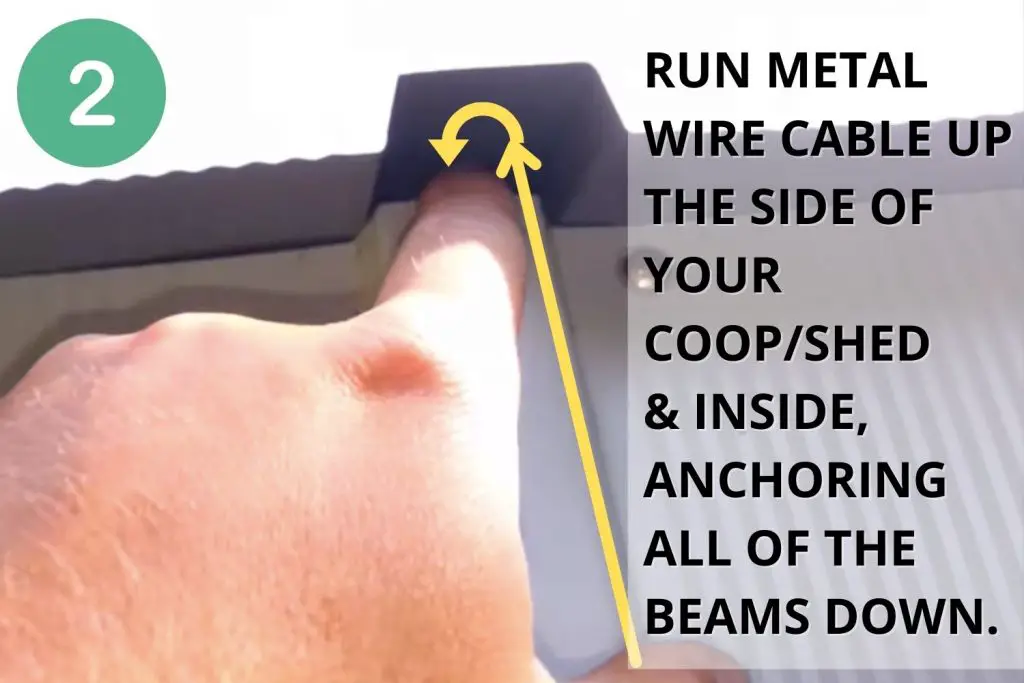
Step 2: Running Cable on Outside of Coop
Attach a metal cable to one of the stake eyelets. Secure it with the hardware that came with your kit. Run the cable up the side of your chicken coop and through one of the rafter openings.
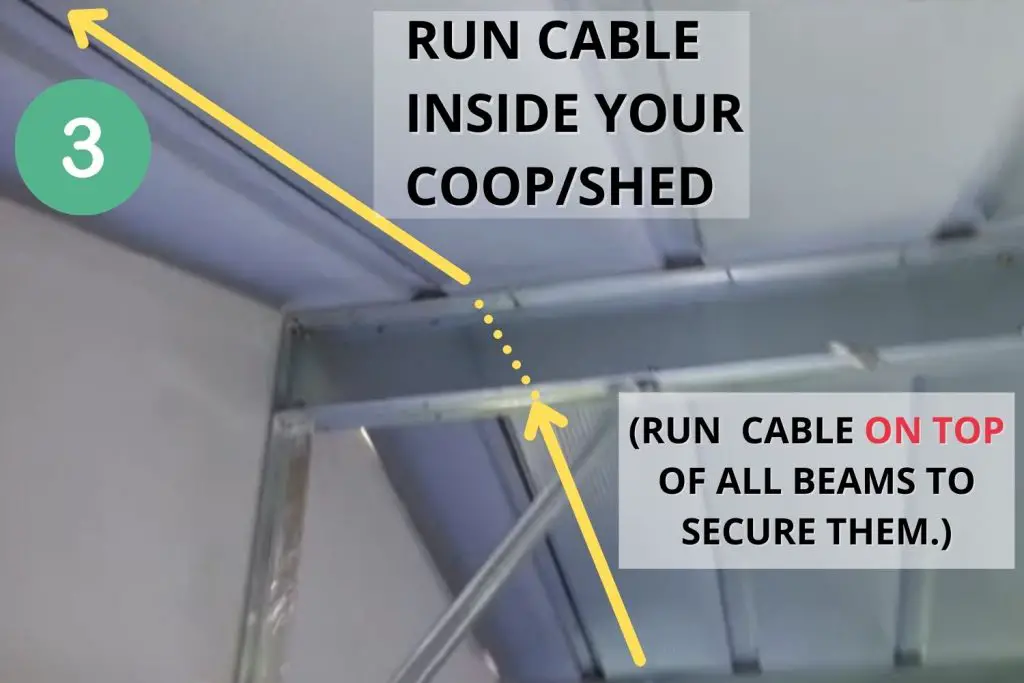
Step 3: Running Cable on Inside of Coop
Continue to run the metal cable along the inside roof line of your coop, making sure to anchor all of the roof beams down.
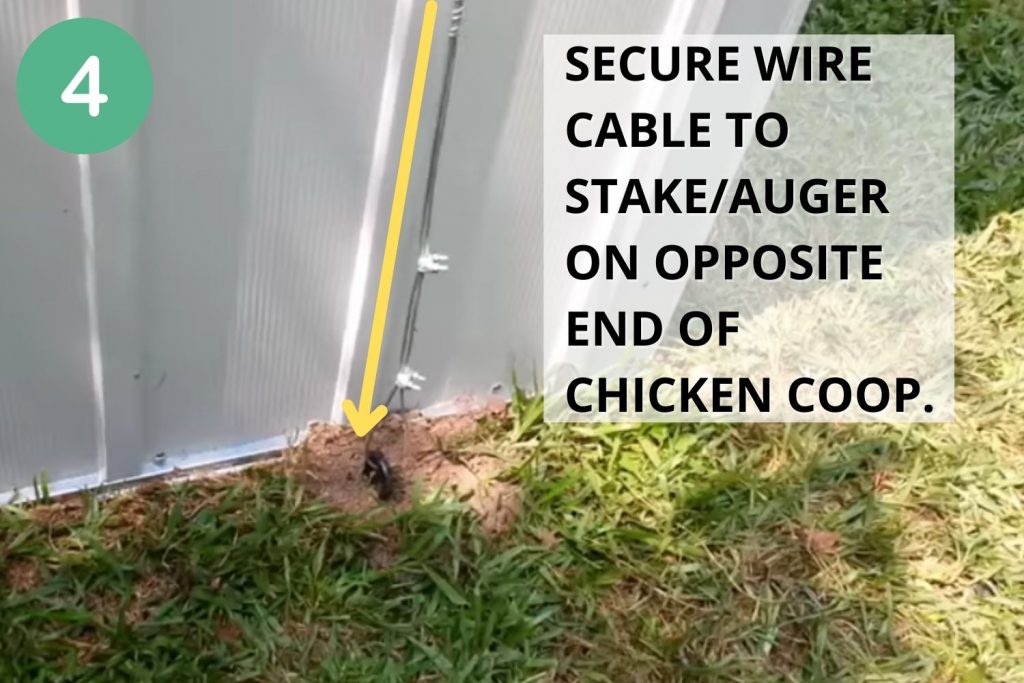
Step 4: Securing Cable to Auger Eyelet
Your wire cable will exit on the roof opening opposite where you ran it in. Run it down that side of the coop wall and secure it by looping it through the auger/stake eyelet. Make sure that you pull it as tight as possible before securing it. Repeat Steps 1-4 for the back side of your chicken coop.

Increases egg laying naturally.
- Improves chicken health.
- Deters parasites: mites, lice, fleas, flies & rodents.
- On SALE!
- SHOP NOW
Hurricane Proofing Inside a Chicken Coop
3. Securing Nest Boxes
If you have nest boxes that are free standing, you are going to want to make sure to secure them. A flying nesting box can be deadly during a hurricane.
Chicken coops that have a concrete perimeter work great for securing both the coop and the nesting boxes. Use anchor bolts to secure the nesting boxes to the ground.
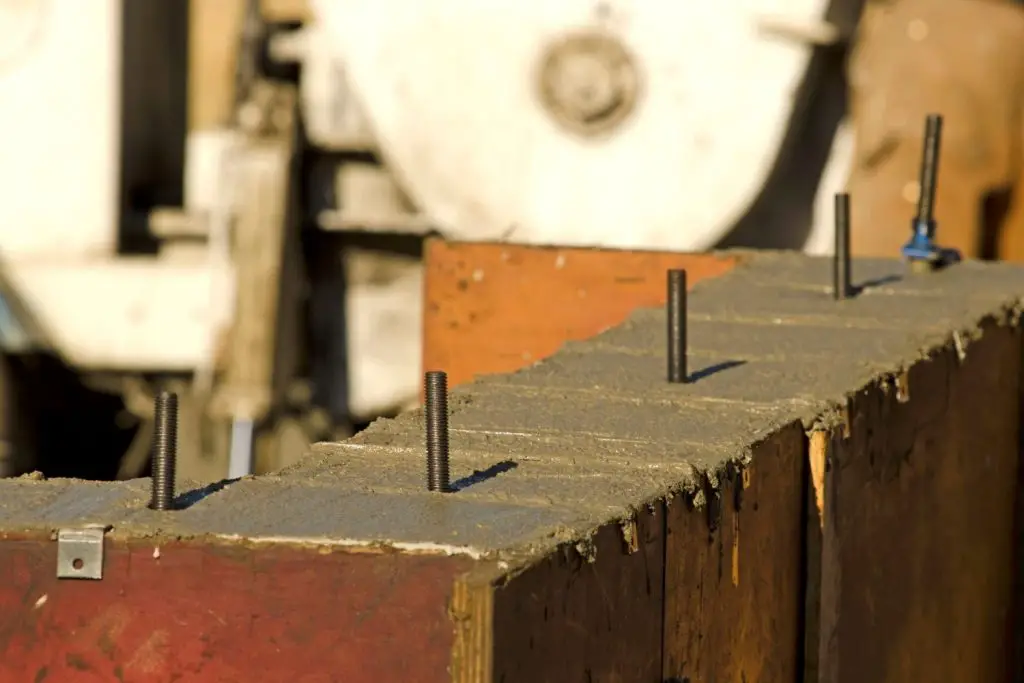
Anchor bolts are designed to secure structures, nesting boxes in our case, to a concrete foundation.
It is always a good idea to do a walk through of your coop prior to a hurricane and do a shake test. If you are able to rock anything, it needs to be tightened down.
If you do not have a concrete perimeter, secure the nesting boxes to the structure of the coop itself.
4. Securing Perches
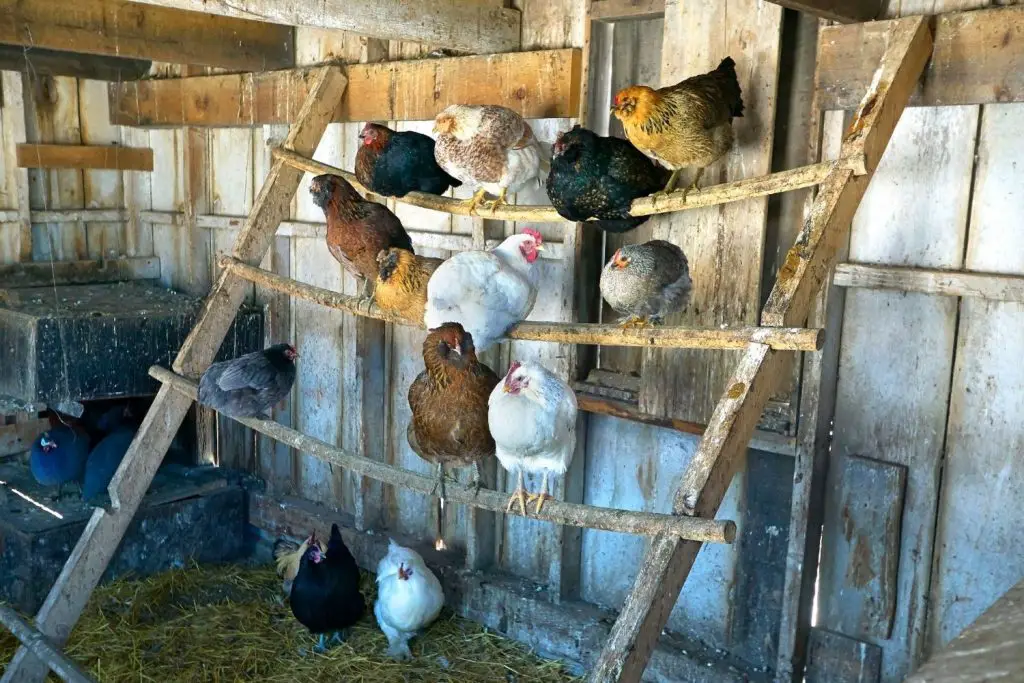
Secure all perches inside your chicken coop prior to a hurricane. If you have the type of perches that can be lifted up during coop cleaning, these will need to be bolted to the ground. This is something that you can always remove after a hurricane.
Check all perches prior to a hurricane. If you can shake them and they wiggle, you need to reinforce them.
5. Adding Additional Perches
Make sure you have enough perches for your whole flock to roost, high enough up off the ground. If you need to add additional perches, tightly secure them to the structure of the coop.
Tips for Adding Additional Roosting Bars
1. Height
Add additional perches or roosting bars 2′-4′ off the ground. You want them at least 2′ off the ground due to flooding, but no more than 4′ off the ground to prevent injury if the chickens fall or jump off.
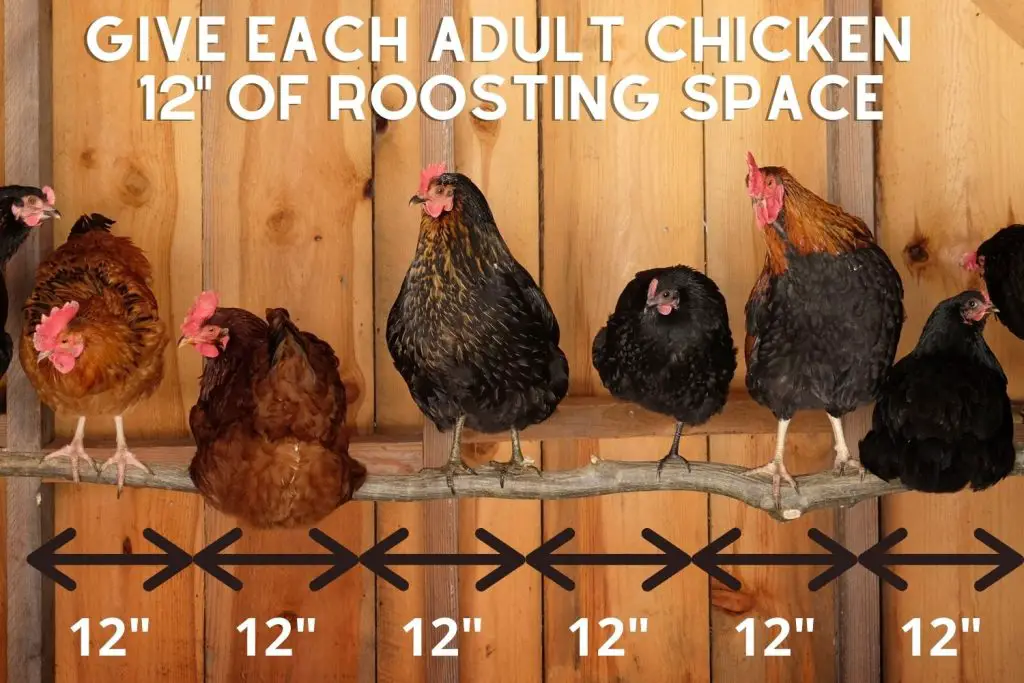
2. Space
Each adult chicken needs 12″ of roosting space. So, if you have 12 chickens, you will need 12′ of roosting space. Make sure your second perch is at least 12″ from the perch above it, to prevent chickens from pooping on each other.
3. Placement
Windows and doors can break or blow open during a hurricane and injure your chickens. It is best to have your roosts toward the back of your chicken coop, higher than the nesting boxes and away from any doors and windows.
Make sure the roosting bars are level. Chickens are more likely to fall off in the night if they are not level.
6. Removing Tools and Decorations
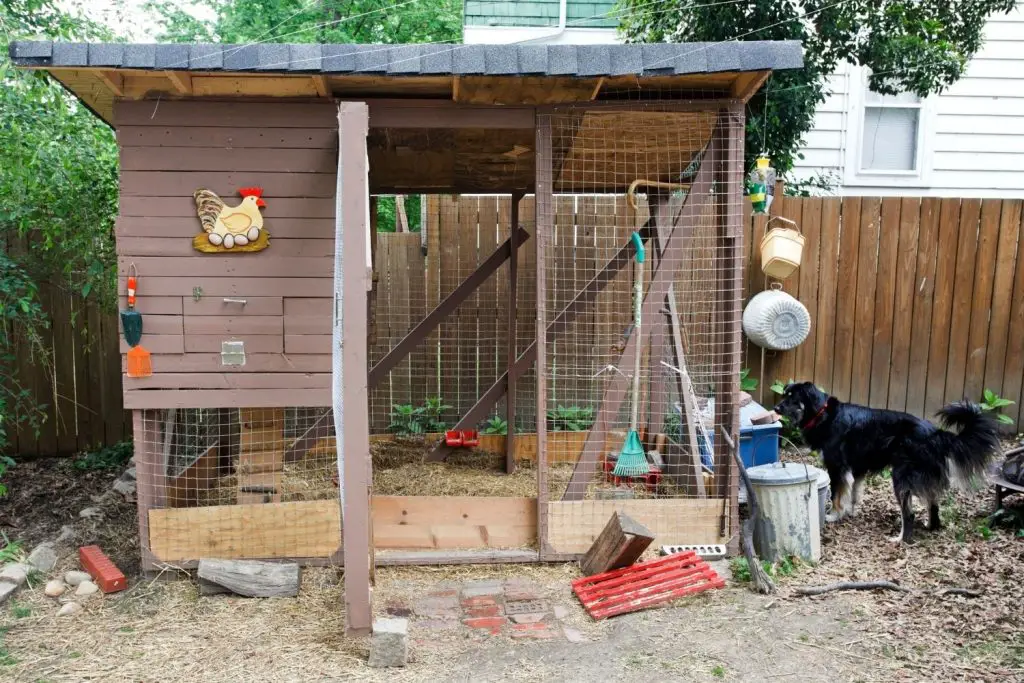
Many people hang a shovel, rake, pitchfork and other tools in their coop for cleaning. It is best to remove these from the coop and secure them inside of shed or barn.
Clean up any debris, tools or objects such as chairs, umbrellas or decorative signs, knick knacks that you may have both inside or outside of the chicken coop.
Trim and remove any dead branches, bushes and trees. Dead branches can easily break off and dead trees or shrubs uproot and do damage to your coop.
7. Using Sandbags During a Hurricane
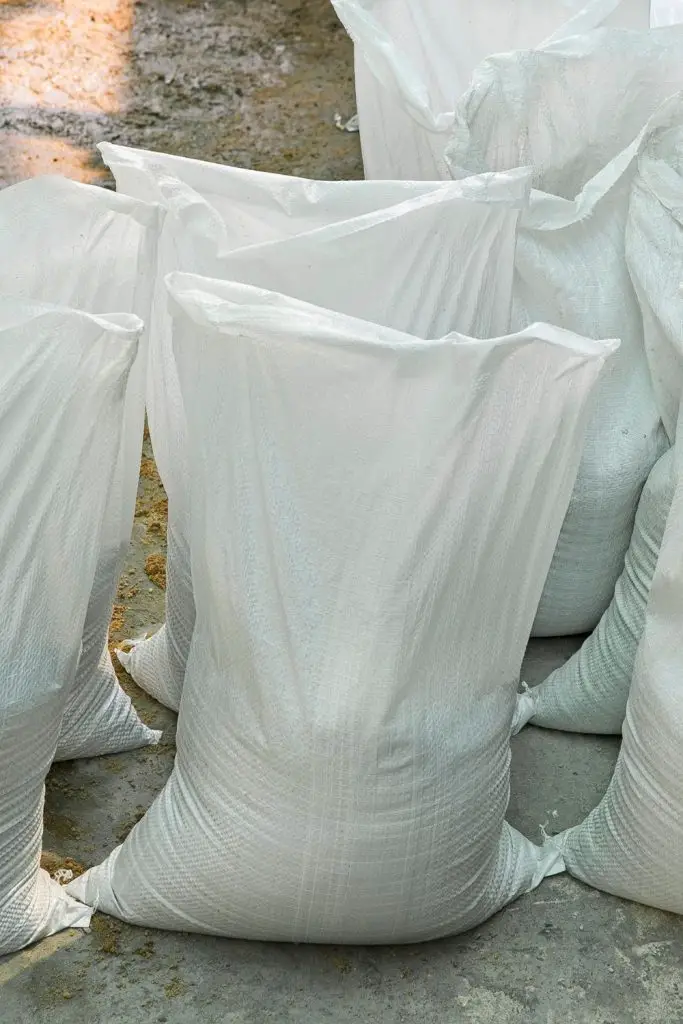
Public Works in your city offers free sand bags for residents that are subject to flooding during disasters. Check ahead of time to see where these are offered.
Many times fire stations and water companies have sand and sand bags out. You fill them yourself.
To help prevent flooding of your chicken coop, place sand bags around the entire perimeter of your coop. Stack them up a minimum of 12″. The weight of the sandbags against the base of your coop will also help to secure it during strong winds.
You can make your own sandbags throughout the year by saving old feed bags and either tying or sewing up the ends.
When hurricane season is over, open the bags and use the sand for your chicken dust bathing area. Add a little diatomaceous earth to it to help prevent parasites. They will love it!
8. Shutting OFF Utilities to Coop
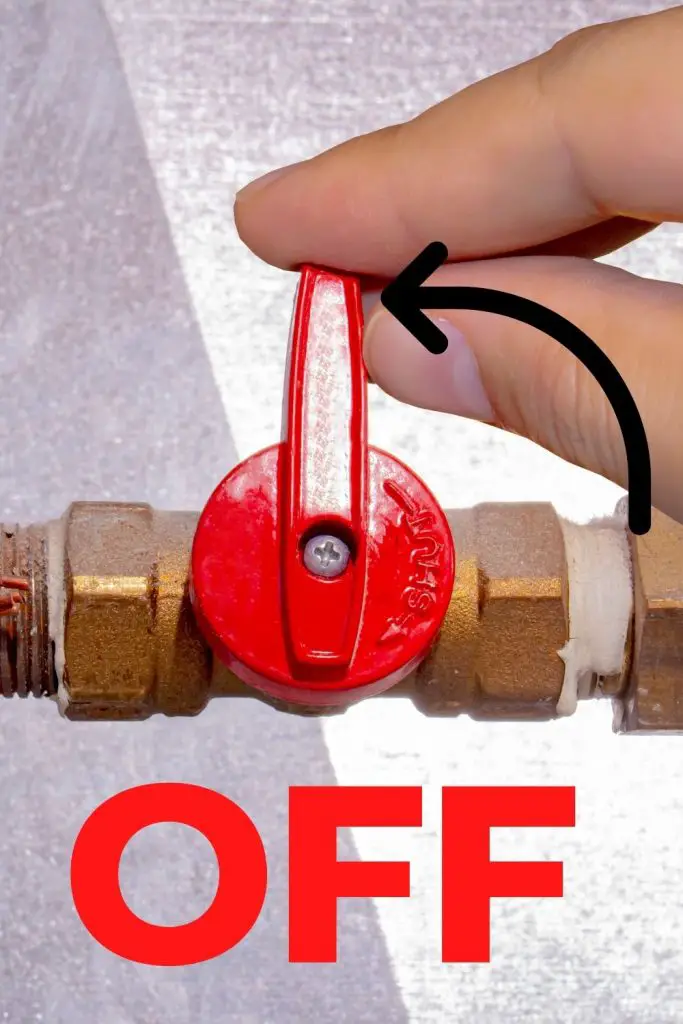
When you know you will be hit with a hurricane, turn OFF the power to your chicken coop. If you have gas that leads out to your barn or coop area, turn that off too.
Unplug anything electrical leading to your chicken coop. This includes automatic chicken doors, lights and heaters for your chicken waterers.
By unplugging devices, this will prevent a surge of electricity from damaging any of your devices when the power is restored.
When the power is restored, you can reset your main breaker and plug one device back in at a time.
9. Sealing Doors and Windows
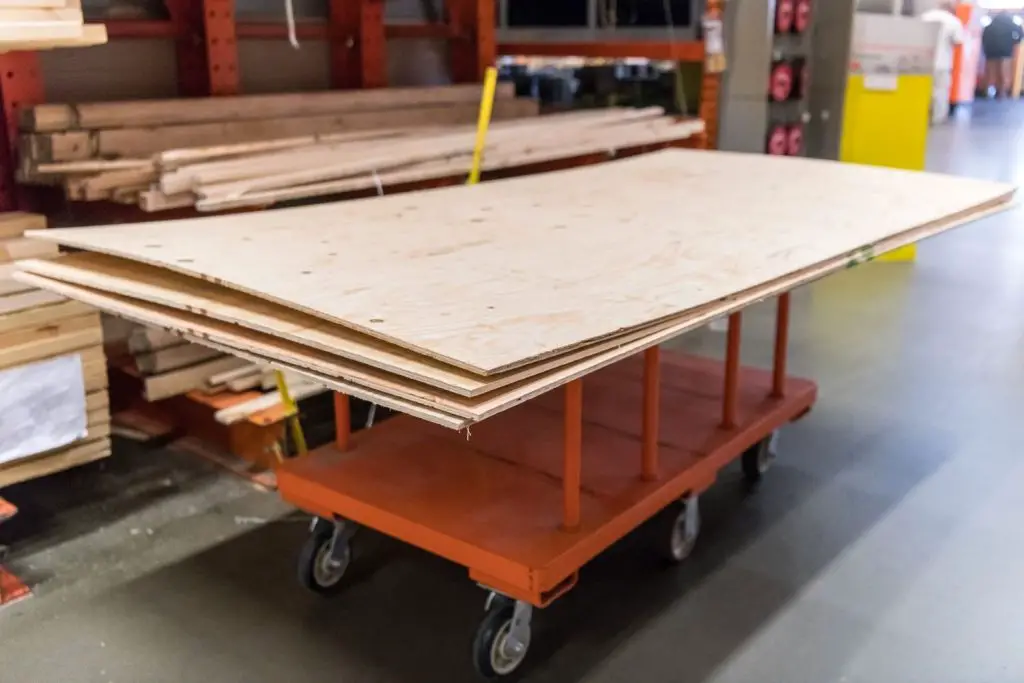
Use 1/2″ – 3/4″ plywood and nail it to cover the outside of your coop windows and doors. It is a myth that you should open your windows and doors in order to equalize the pressure. Doing so will only cause water, debris and wind to destroy your coop and injure your chickens.
Pro Tip: If you have to evacuate, do not lock your chickens up their chicken coop. They are likely to drown if they cannot escape. If you are not able to find a placement for them during the storm, leave the coop door open so they can escape if needed.
What Can a Hurricane do to a Chicken Coop?
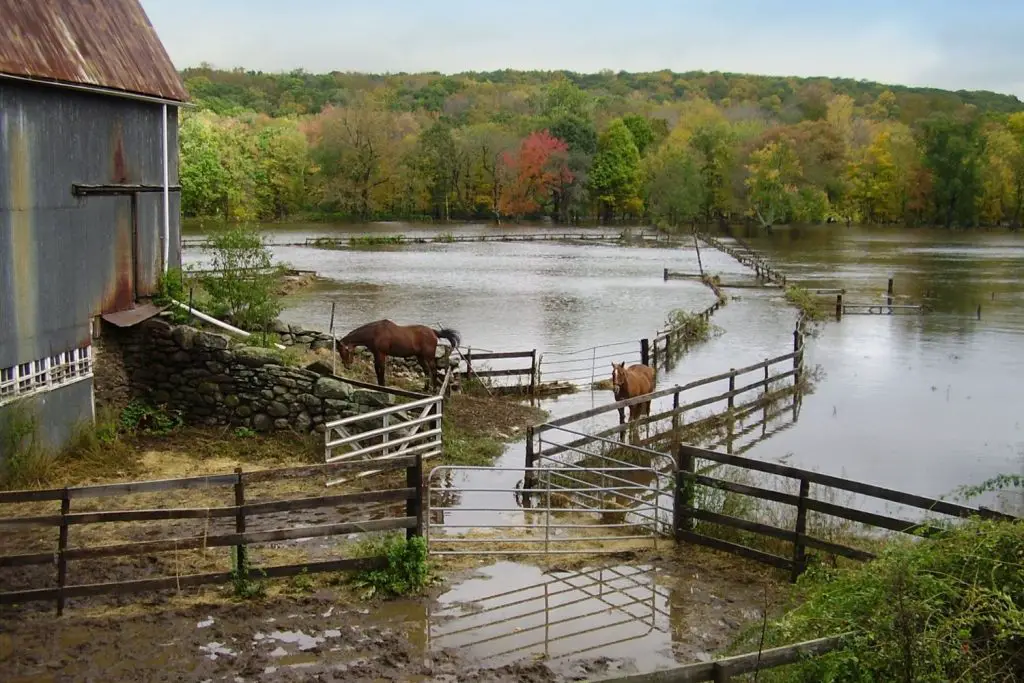
Hurricane force winds can vary from 74 MPH to 157 MPH or more. Here is a breakdown of hurricane categories and how they can affect your chicken coop.
Category 1 Hurricane
With winds ranging from 74-95 MPH, this can cause some damage to your coop. It is strong enough to break branches, rip shallow rooted trees out and snap power lines.
Category 2 Hurricane
With winds ranging from 96-110 MPH it can do extensive damage, uprooting trees, breaking windows, pull parts of roof and siding off. It can destroy a chicken coop.
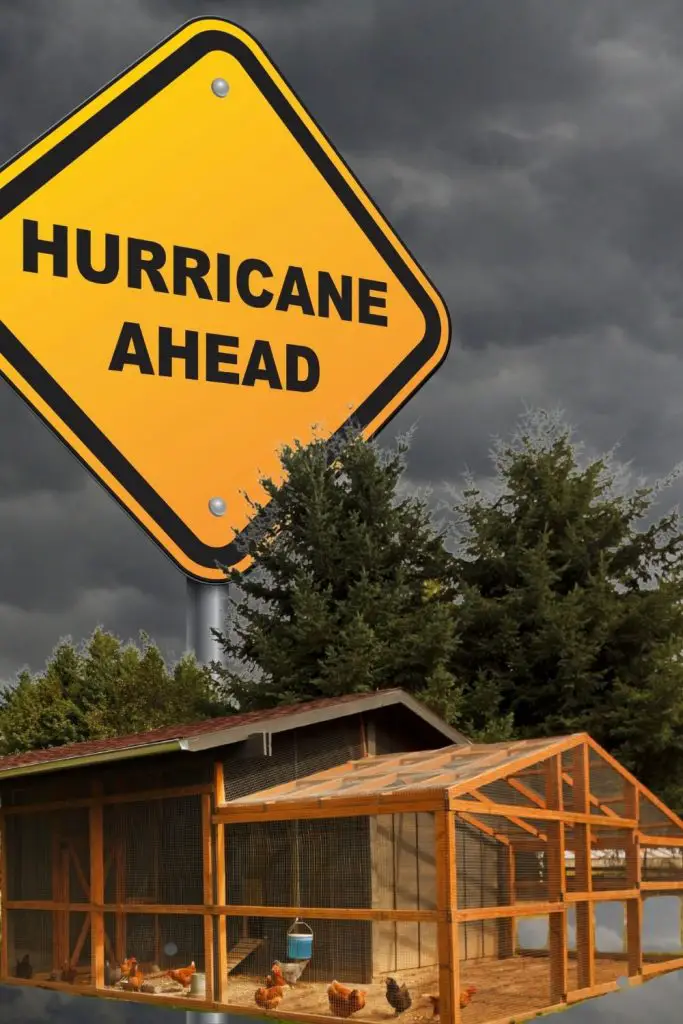
Category 3 Hurricane
With winds ranging from 111-129 MPH it can do major damage to even your homes. Most chicken coops do not have a chance to survive. Electricity and water are usually out for several weeks after this level of hurricane.
Category 4 Hurricane
With winds ranging from 130-156 MPH will cause catastrophic damage to entire neighborhoods. Expect to be without electricity, gas and water for several weeks or months.
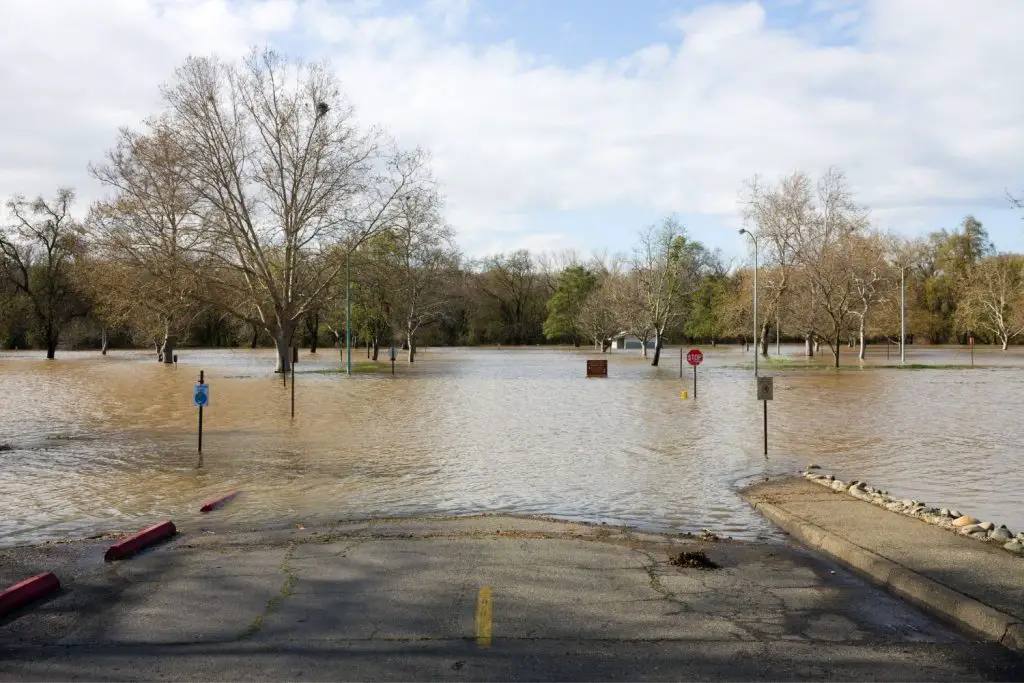
Category 5 Hurricane
With winds 157 MPH or higher will cause catastrophic damage to even the strongest built structures. People, their pets and all livestock are at a very high risk of injury and death, even indoors, from flying debris.
Knowing When to Move Your Flock During a Hurricane
If you know that you are going to be hit with a severe hurricane and will have local flooding, it is best to relocate your flock further inland. DO NOT lock your flock in their chicken coop if you have to evacuate. They will likely drown and will not even have a chance to escape.
With hurricanes, you usually have some time to prepare. Check with local animal shelters to see if they will accommodate your flock. It is best to always have a backup plan, such as a friend or family members property that you can bring your chickens to.
For more information on how to protect your chickens during a hurricane or any type of disaster, read my article How to Keep Chickens Safe During a Disaster-Guide with Photos.
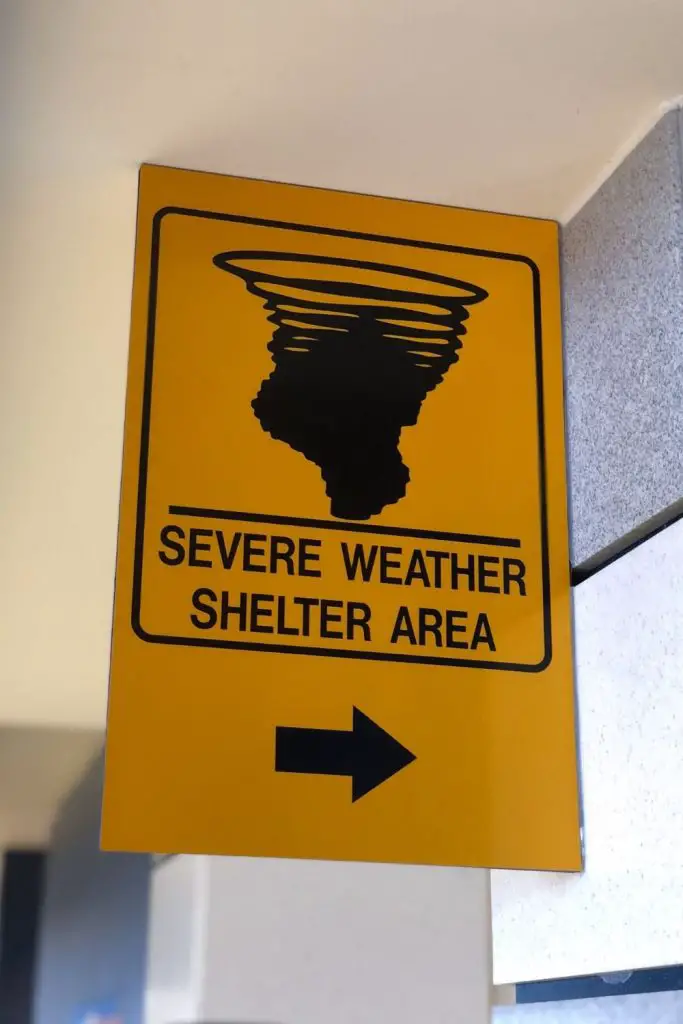
If your garage is at a higher level, consider bringing your flock into your garage to ride out the hurricane. You will need to secure enough perches for your chickens to roost on. They will instinctively seek out higher areas to perch.
Try to secure some perches at least 2′ off the ground because of flooding, but no more than 4′ off the ground to prevent injuries in case they jump. The higher they are, the more comfortable they will feel.
Conclusion: How to Hurricane Proof a Chicken Coop
As a homeowner, your number one priority should be to protect your family and make sure that they are safe during a hurricane. If you own chickens, it is your responsibility as a pet owner to take all precautions you can to make sure that they are as safe as possible during a hurricane too. This means making their chicken coop a safe place for them.
Hurricanes give us some time to make preparations. Take this as an opportunity to anchor your chicken coop to the ground, secure the roof structure to the main framework and secure what is in and around the chicken coop. This will increase the chances of not only your chicken coop, but also your flock surviving the next big hurricane.

